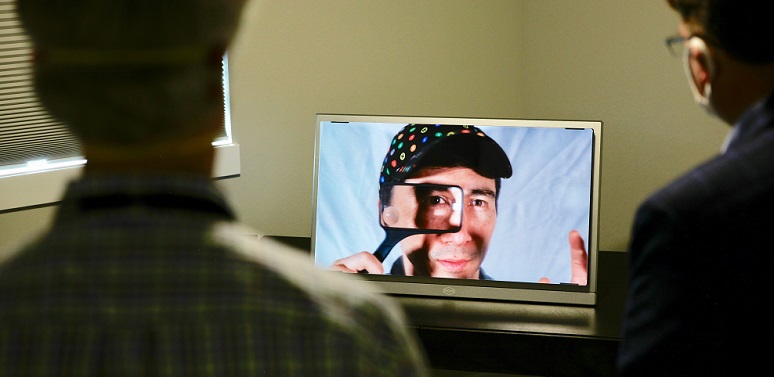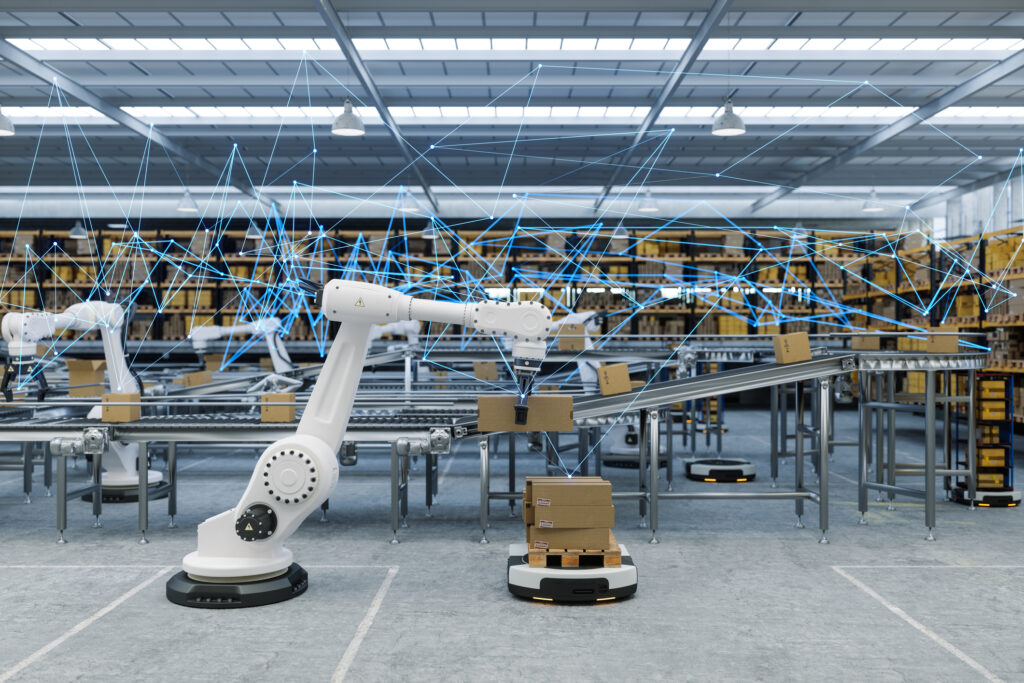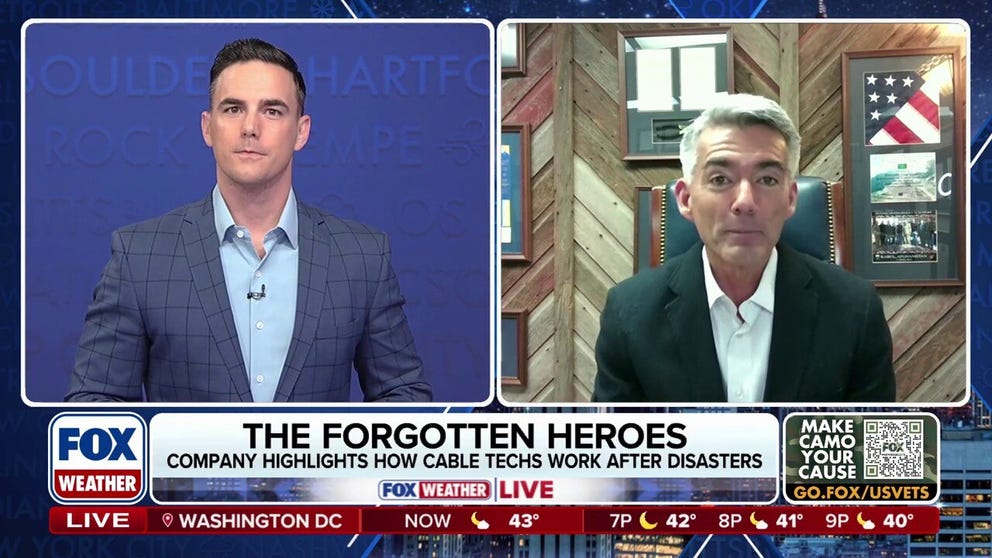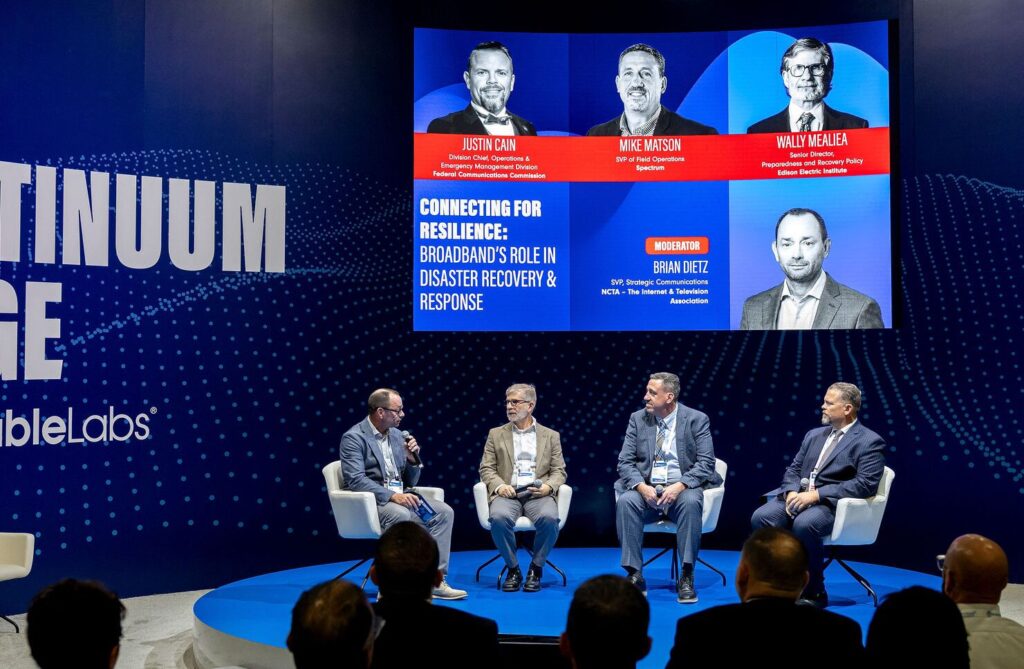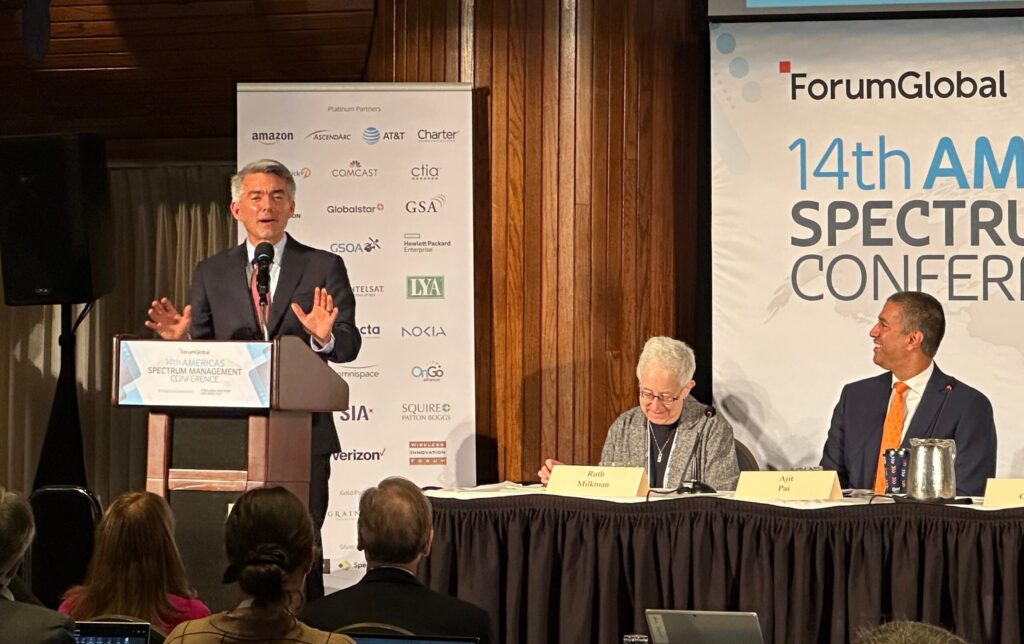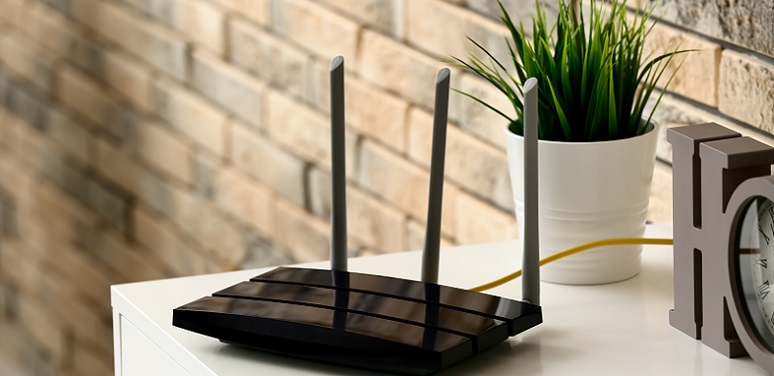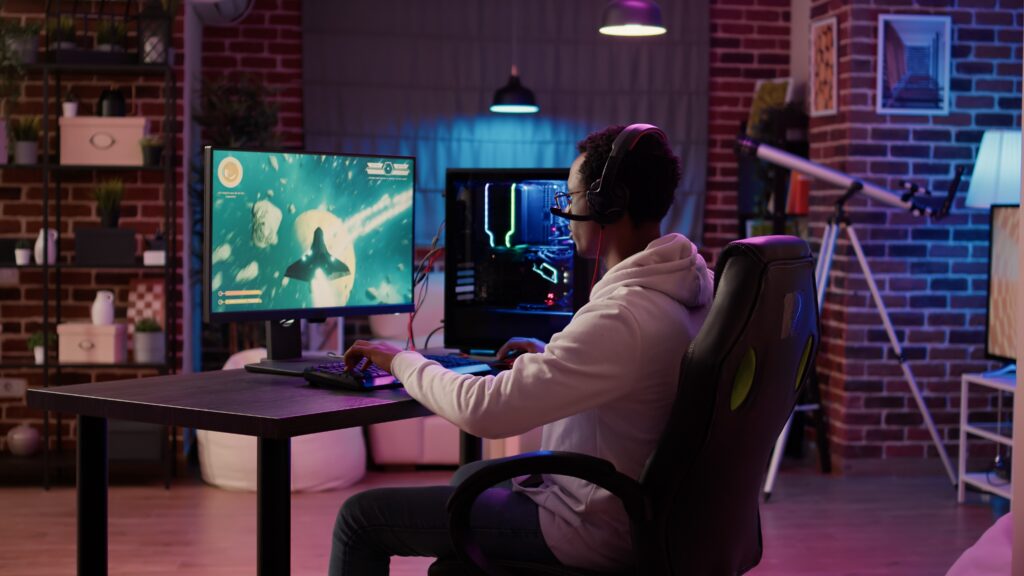Holograms could be on their way to becoming fixtures in people’s living rooms in the near future, thanks to exciting developments in the cable industry’s 10G initiative. For decades, engineers and innovators have been designing the light field displays responsible for creating photorealistic holograms, and some are even available as commercial products. Behind the scenes, stakeholders across the industry have been preparing cable networks to bring 10 gigabit speeds to homes across America, and paving the way to enable these kinds of next-generation experiences that people used to only see in science fiction movies.
This past fall, the Mediacom 10G Smart Home in Ames, Iowa, opened its doors to the public for the first time and unveiled just how close these immersive media experiences are to becoming mainstream. One such technology in the home is a light field display from the Looking Glass Factory. The display, which does not require 3D glasses or virtual reality headgear, projects 3D images and provides a glimpse of what 10G technologies are going to enable in the future–from education to research to entertainment—all from the comfort of one’s own home.
“We’re excited about how this space is evolving and the fact there are already commercial products that are out there,” said CableLabs Director of Technology Policy and Immersive Media Experiences Debbie Fitzgerald. (Fitzgerald presented remotely during the 10G Smart Home tour back in September via a telepresence robot when she demonstrated the light field display).
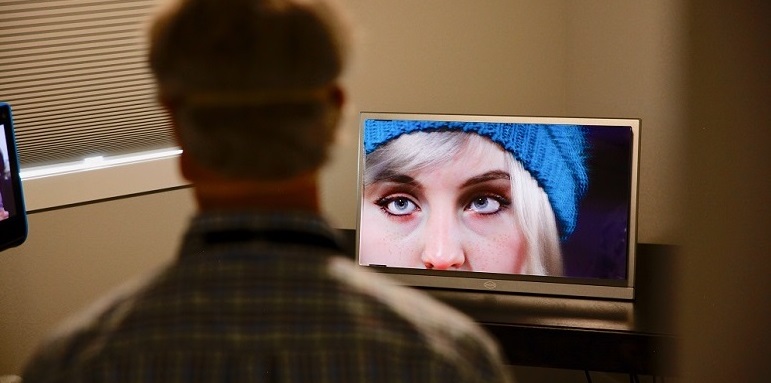
The immersive media experience consumes a tremendous amount of bandwidth, which a 10G network is designed to withstand. “It takes a lot of data to capture a light field and to capture the volume of light in the room. In order to deliver this experience, first it needs to get compressed into a media format that’s able to be distributed over the network, and reproduced as a real hologram,” explained Fitzgerald.
During the virtual Cable Tec-Expo in October, Charter, in partnership with CableLabs, CommScope, Comcast, NCTA, and SCTE•ISBE, also showcased a two-part holographic streaming demonstration. The holographic content was presented on the Looking Glass Factory’s light field display. “This first-of-its-kind demonstration gives a glimpse at how a powerful network can enhance the ways we work and live. As new technological advancements continue to emerge, our networks are capable of delivering whatever is yet to come,” said Charter Senior Vice President of Emerging Technology and Innovation Andrew Ip.
CableLabs and Fitzgerald have been working on standardizing media formats and distribution methodologies for this kind of media. Through the Immersive Digital Experiences Alliance (IDEA), CableLabs is working with cable network operators, vendors, content creators, and technology manufacturers to create media specifications for light field media that will help to prepare them for mainstream use. IDEA was formed to bring players across the industry together to develop royalty-free specifications that address a wide variety of display formats, and to ensure that cable networks are ready to deliver these experiences to people’s homes.
“I believe the progression is continuing to move along where we’ve got the specs being rolled out, the vendors are committed to building to those specs, and operators are already demonstrating that they are making investments and updates to roll out these capabilities,” said Fitzgerald.
As the COVID-19 pandemic has shown, a robust and secure high-speed network has allowed many Americans to continue working, learning, and connecting with one another in spite of the elimination of many in-person interactions. The technologies and interactive applications of tomorrow will only continue to bring more immersive and rich media experiences that will further impact and alter the way people live their lives. The internet speeds and security of a 10G network will make that future possible.

